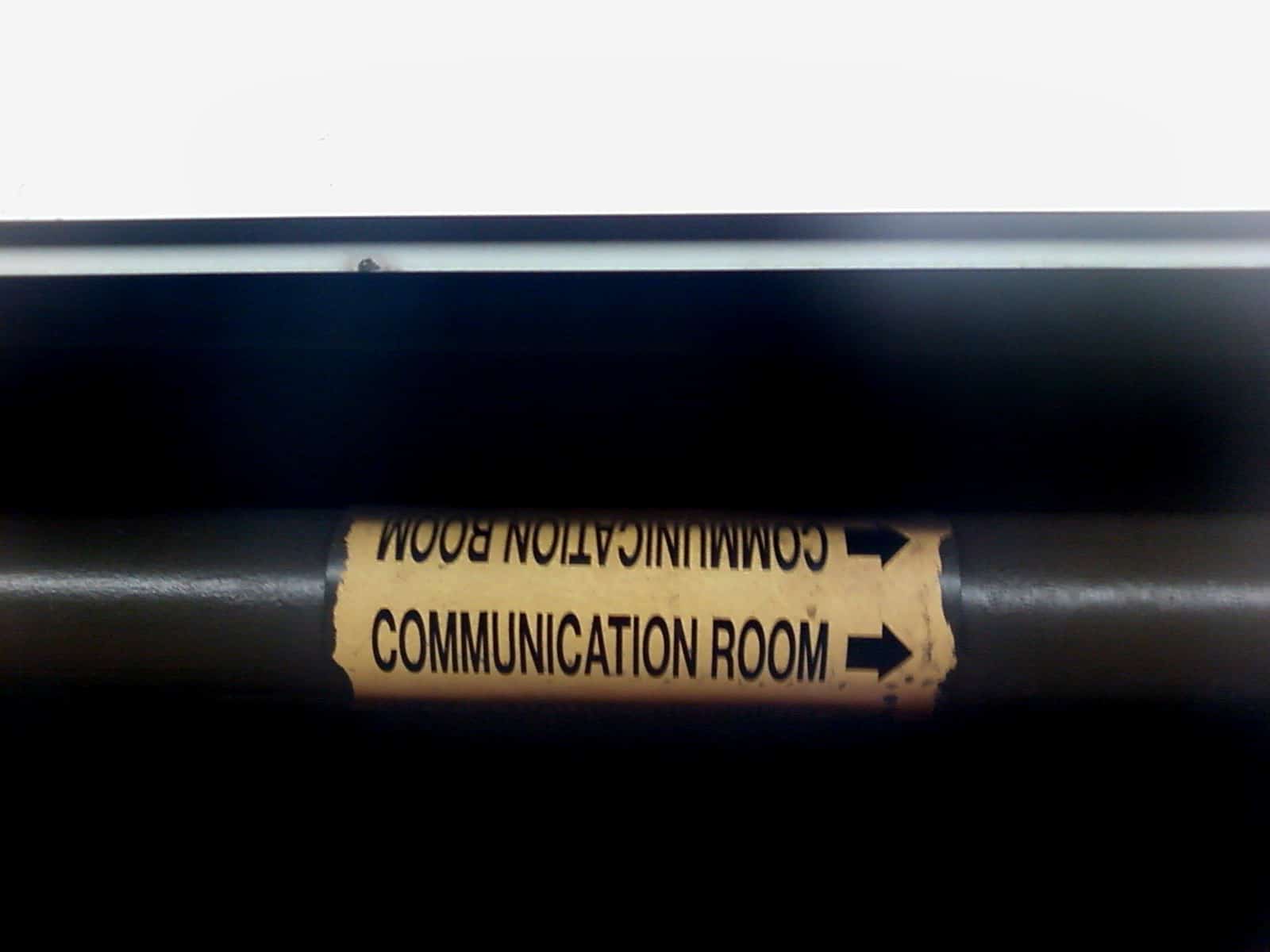This article was written by Yael Warman, Content Manager at Leverate.
As ironic and perhaps counter-intuitive as it may sound, passing Google’s mobile friendly test doesn’t necessarily make your site mobile friendly.
Let me explain. Even though your design will adapt to many different devices, that doesn’t necessarily mean that it is optimized to address the reading habits of the mobile user. Studies have shown that mobile users consume data on mobiles differently. Rather than looking at the screen in an F shaped reading pattern, as typically happens with desktop reading, mobile users tend to have a focus that is far more distributed across the entire screen.
To unlock the Asian market, register now to theiFX EXPO in Hong Kong.
With the growing trend to consume digital content on mobile devices rather than a computer, knowing how to capture your reader’s attention on mobile is becoming increasingly important. Simple, tried and tested, here are a few tips to ensure that your content gets a thorough look-over by your mobile readers.
Bite, snack and meal technique
There are three types of people who will read your mobile content, those who skim, those who will read every word and those who will do a bit of both. Those who bite applies to the readers who just skim the content. To appeal to this reader you need to provide a quick and captivating headline and ideally sub headlines throughout the article. As an example the headline of this article is “How to create engaging content for mobile users” - this is a quick and easy headline, that tells the ‘biter’ exactly what they can expect to read.
‘Those who snack’ refers to those who will do a bit of both, read the headline and then the first paragraph to quickly identify if the content is going to interest them. To pique the interest of the ‘snacker’, you need to write a summary introduction that will tell your reader what the post is about. That first summary can be an anecdote or a provocative hook, but it ultimately needs to be concise as much as it is engaging.
Finally, there are those who will want to eat the entire ‘meal’ available in your content. While these thorough readers will take the time to read your article at length, the reality is that they have only continued to do so because the ‘bite’ and ’snack’ element of your article hooked them in the first place, so get those right and you should hopefully get more ‘meal eaters’.
Just chunk It
A screen filled entirely with content from top to bottom is very unappealing, putting off readers no matter how valuable your content is. This concern is all the more pertinent on a small screen, which due to the more limited space, is all too easy to fill. The secret here is, where you can, chunk it. Try to cut up your paragraphs to make them more snackable and more appealing to readers. There are a number of ways you can do this;
- Shorter paragraphs
- Subheadings
- White spaces
- Images
- Bullet points
- Styling (shifting to bold and italics for example)
Keep it short
Studies on optimized content show that brief is best. Coschedule for example found that a title of 6 words gets the most amount of click-throughs, while the Emotional Marketing Value Headline Analyzer found that just 5 words ought to be the maximum. There are a number of reasons for this, one of the most obvious being that a short headline is not going to be truncated on a smaller smartphone screen. Also, psychologists have found that when we scan content we tend to read the first 3 words and the last 3 words in a title - have no more than 6 words and your readers have read the entire title.
Techniques abound for optimizing content for mobile devices, such as using simple language that is easy to understand, short sentences that are easy to read, lots of images and neatly placed white spaces, all of which I highly recommend, but at the end of the day make sure to test it.
Once you’ve put in the work optimizing your content, it is absolutely critical to preview how the page looks on a mobile device before you publish it. Look at the page as a reader would, and see if you can easily breathe your way through the paragraphs, just as you would like your readers to.
















